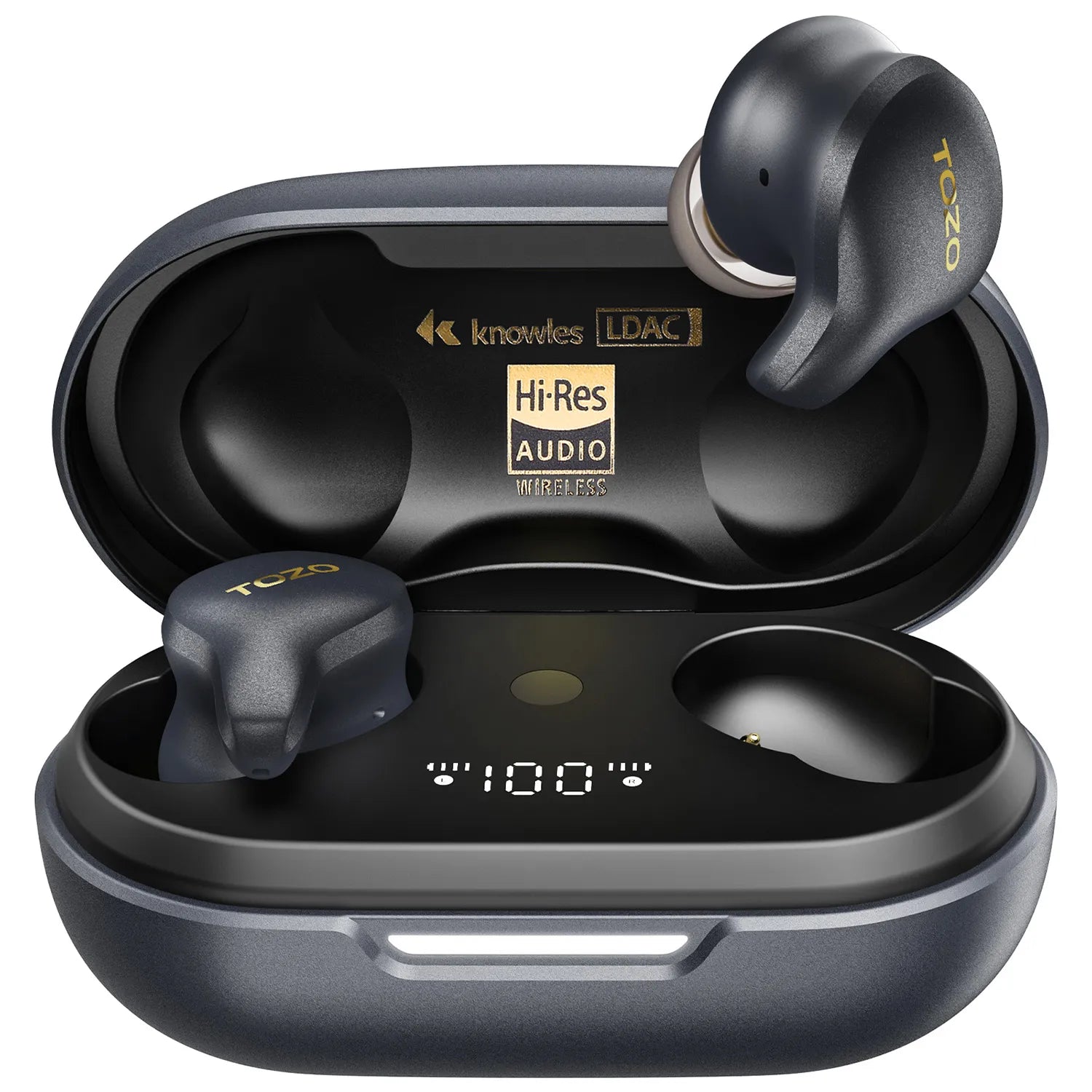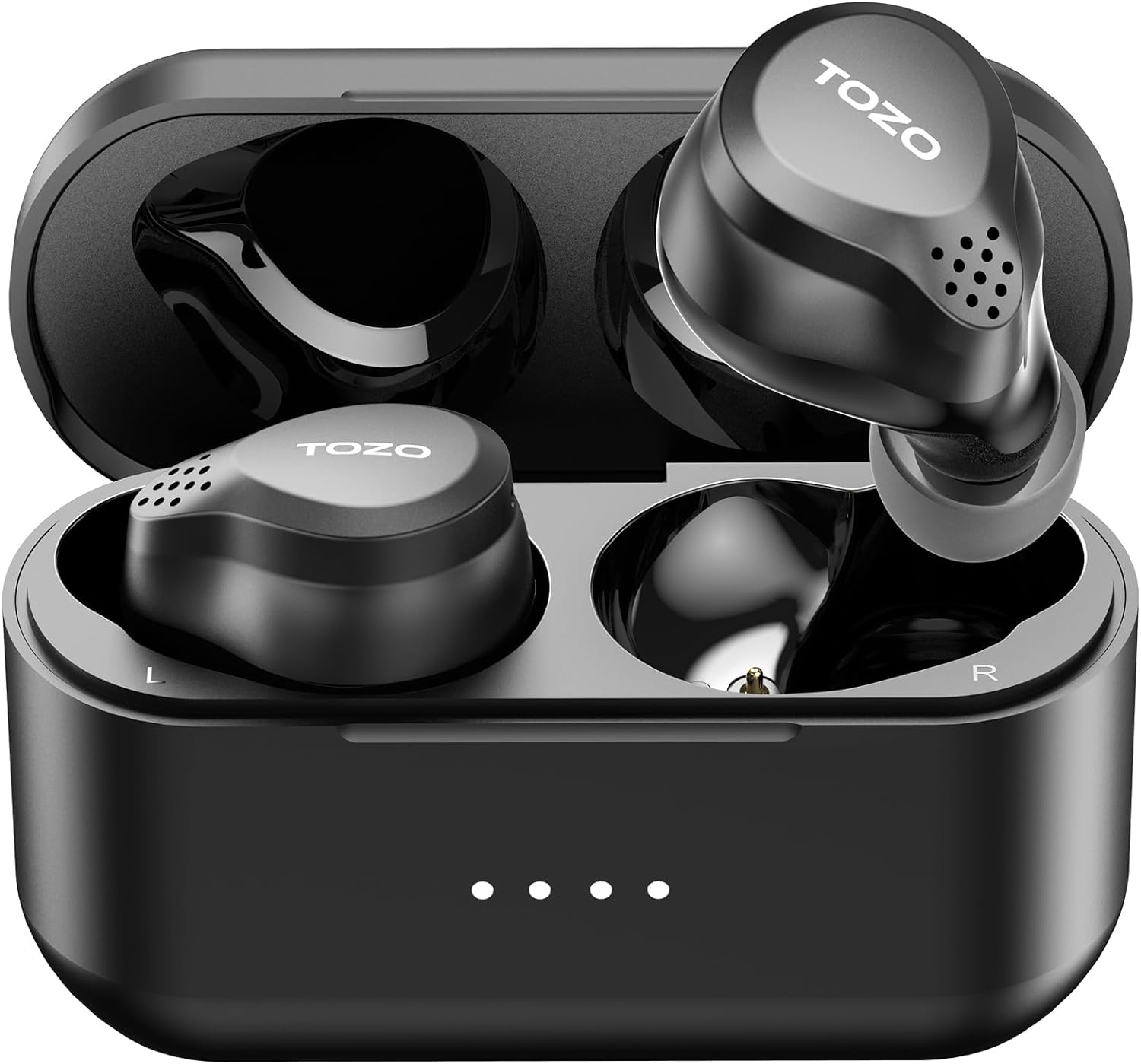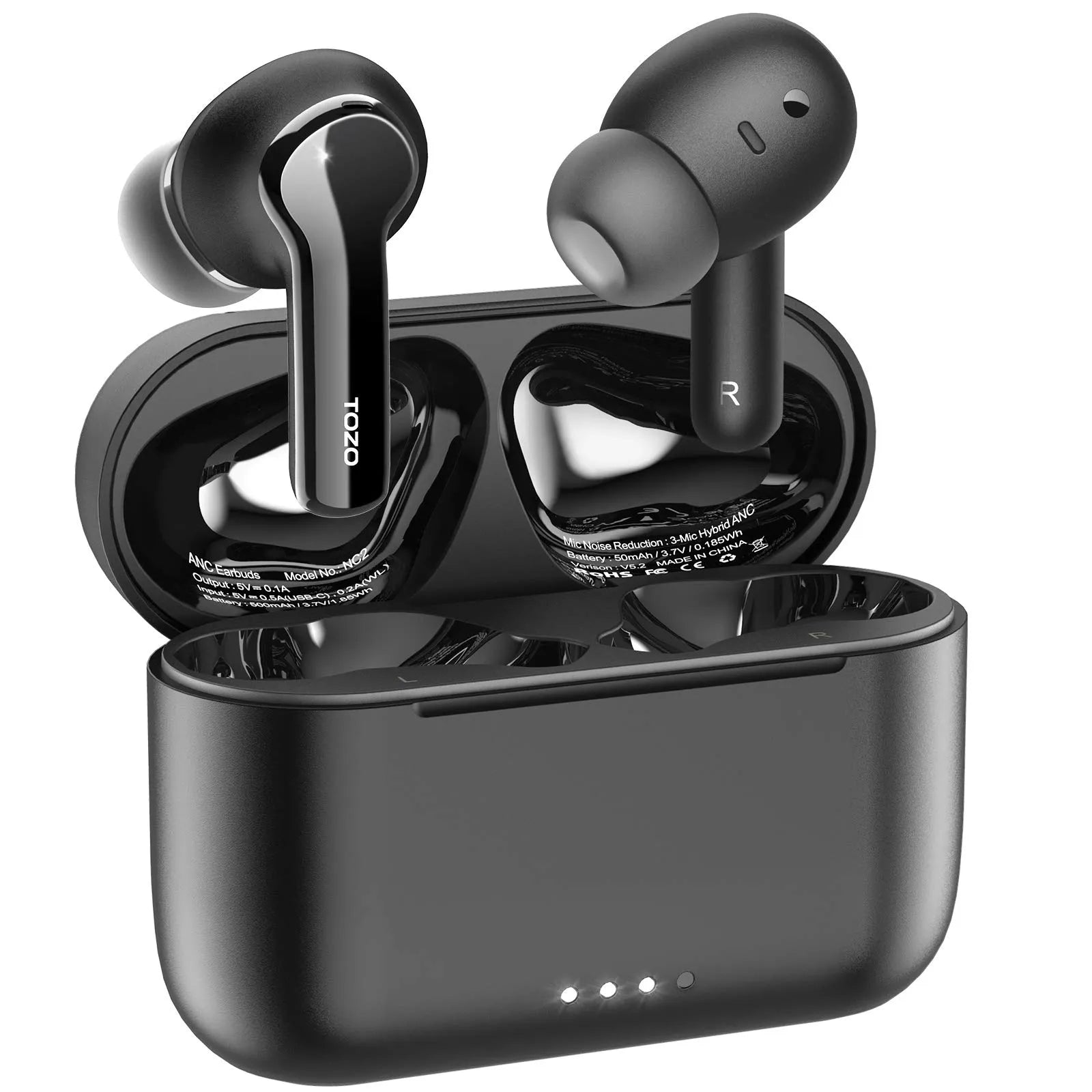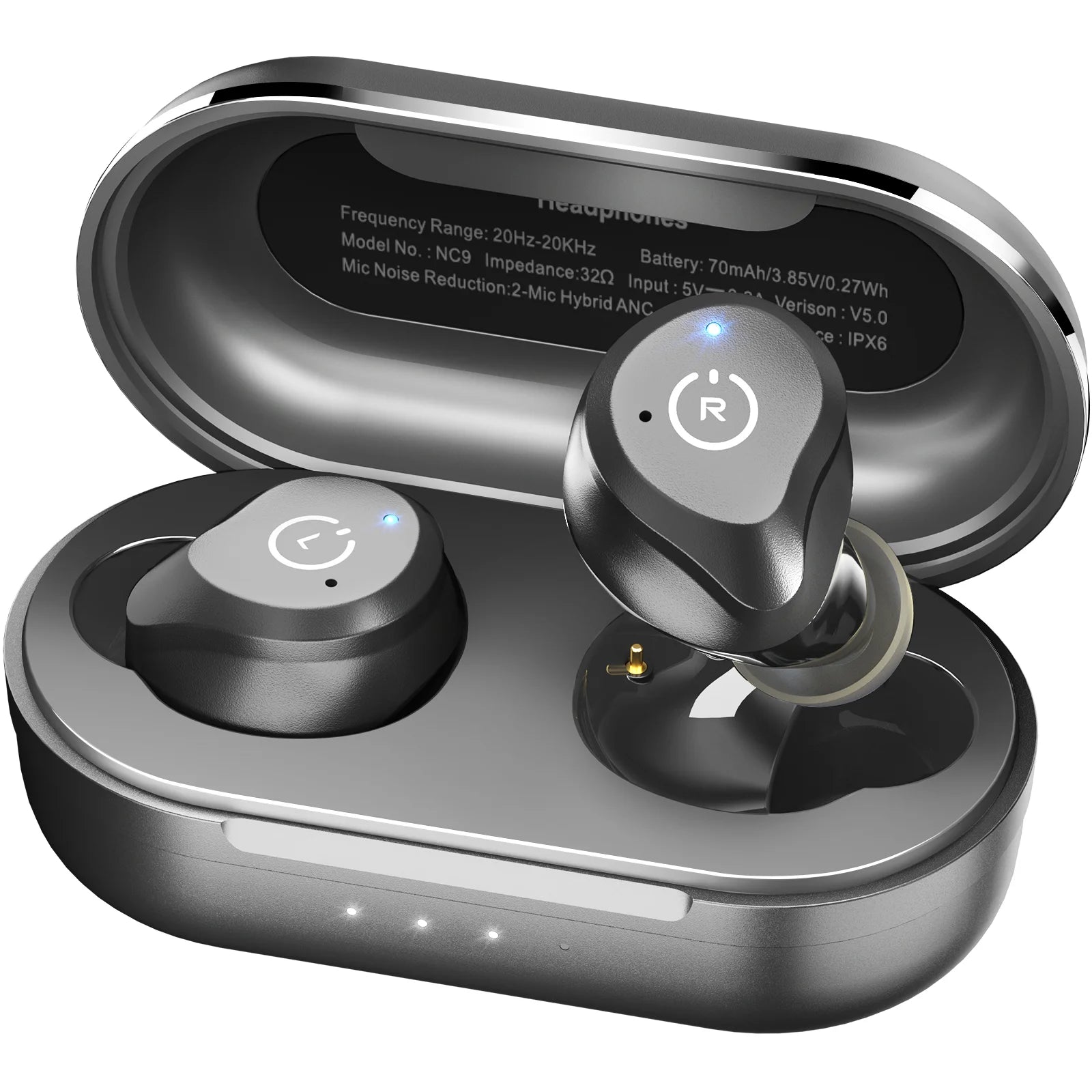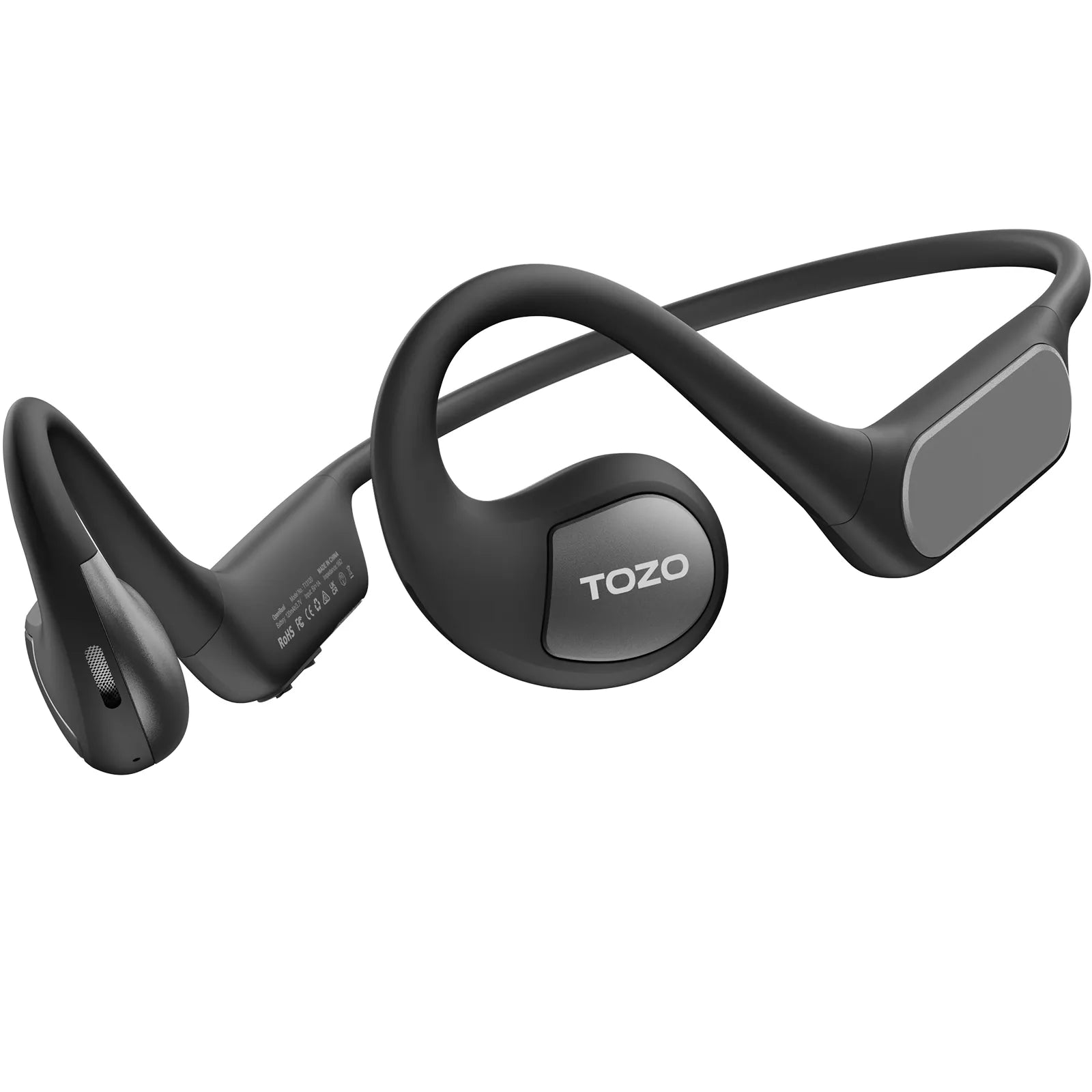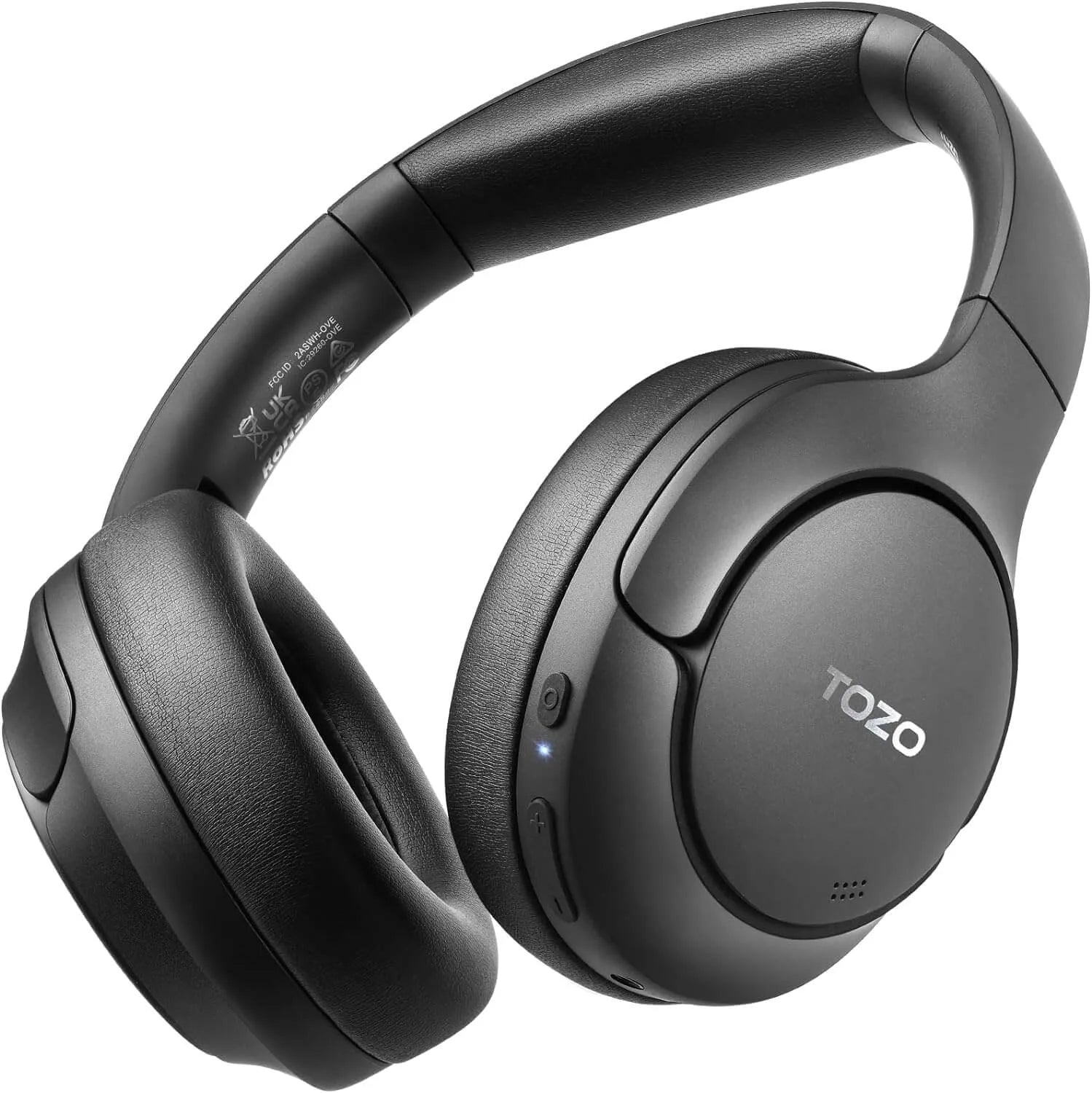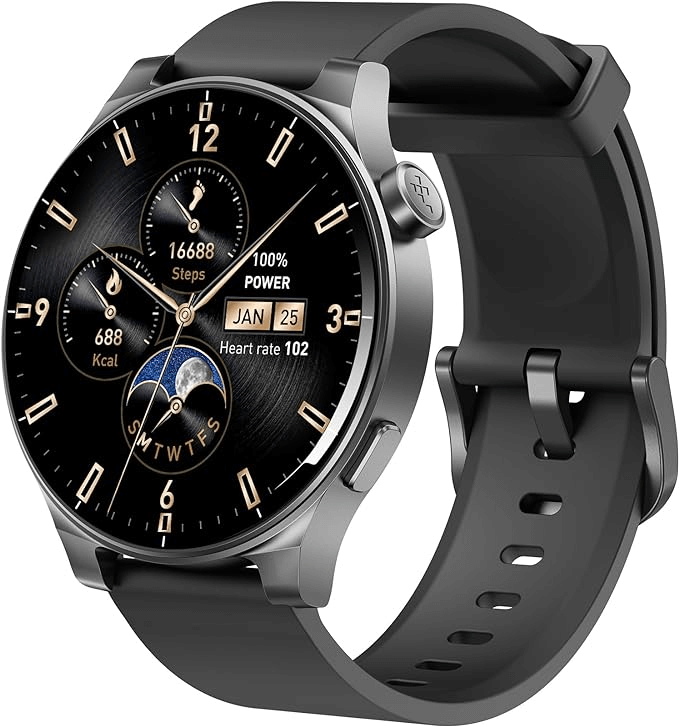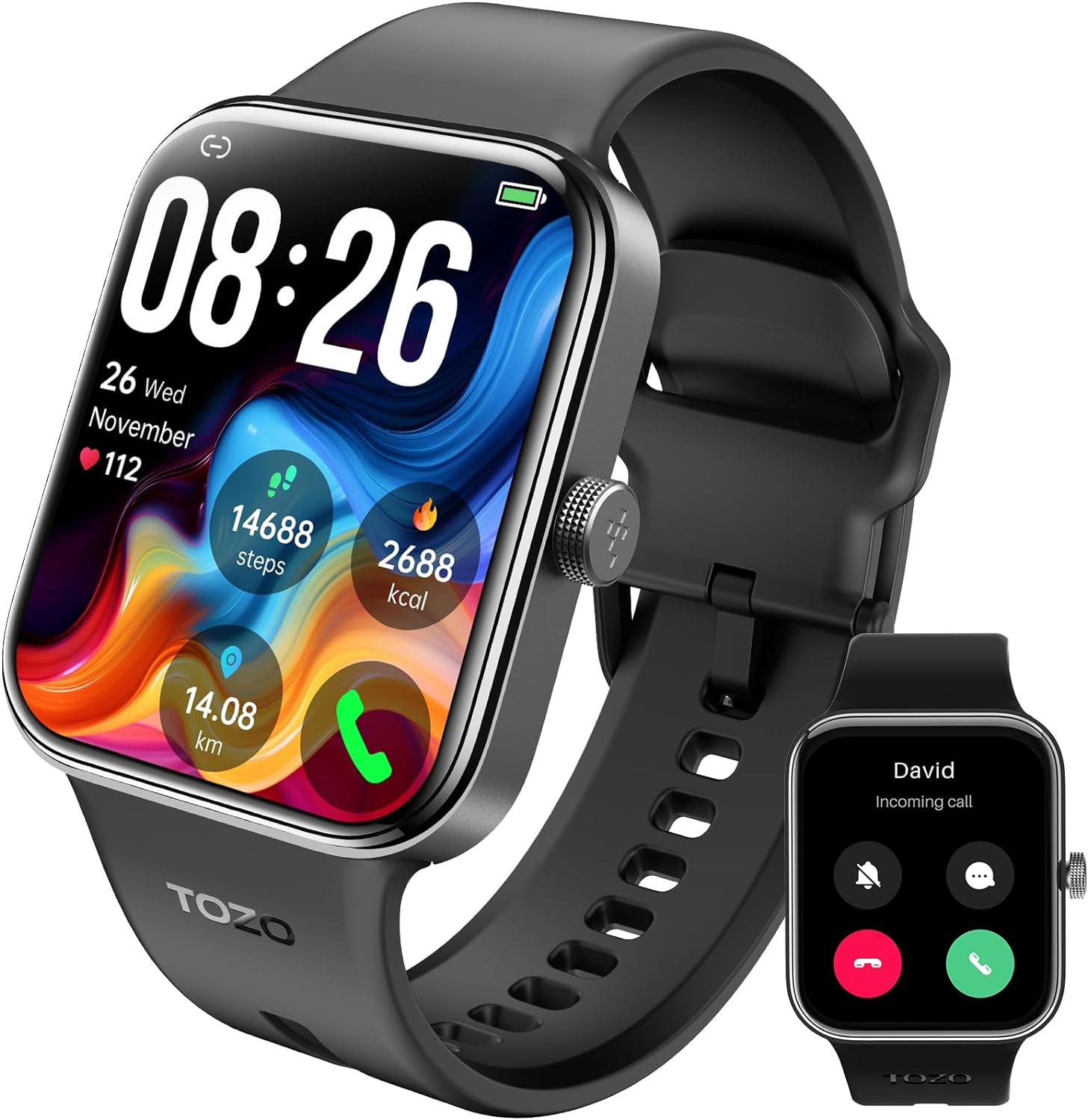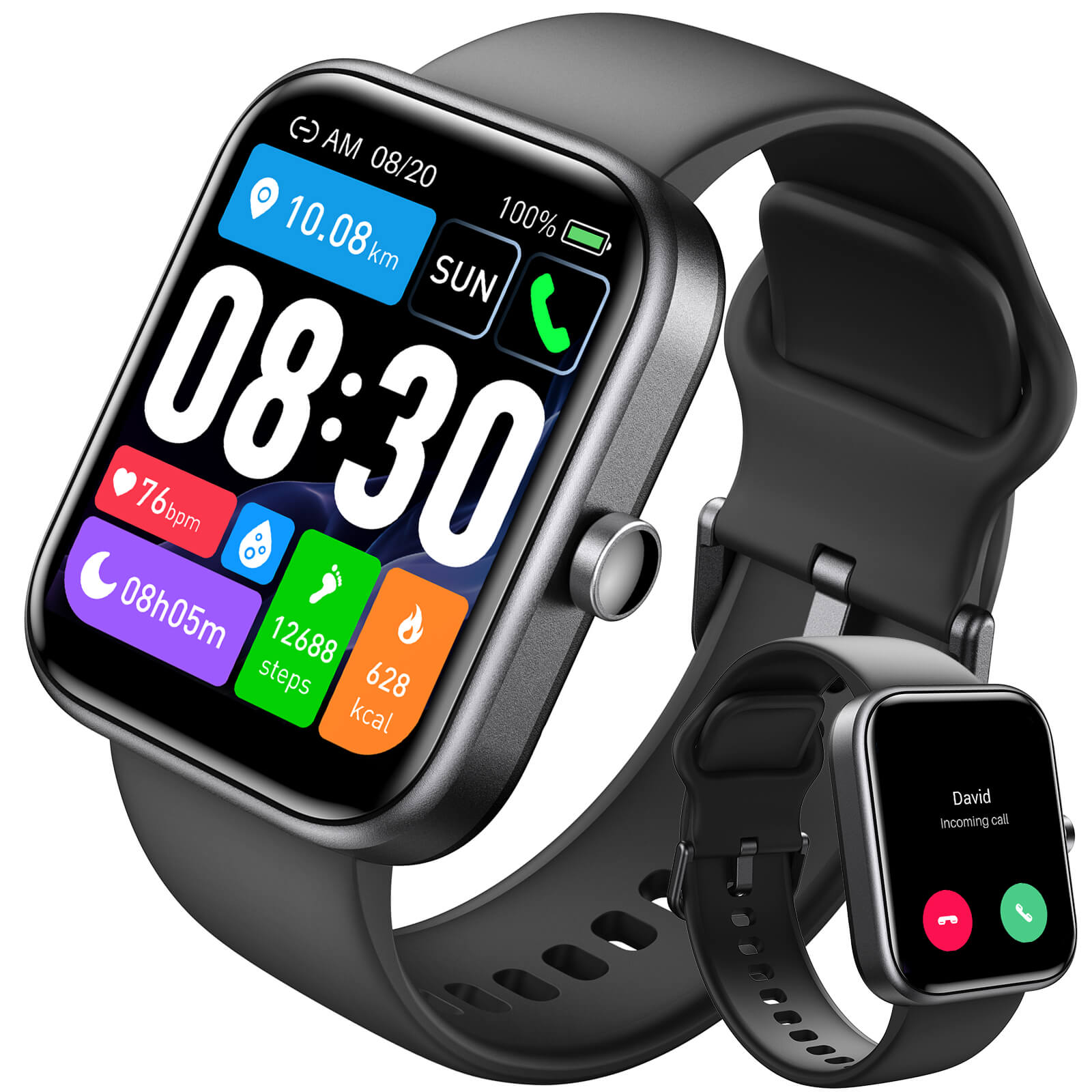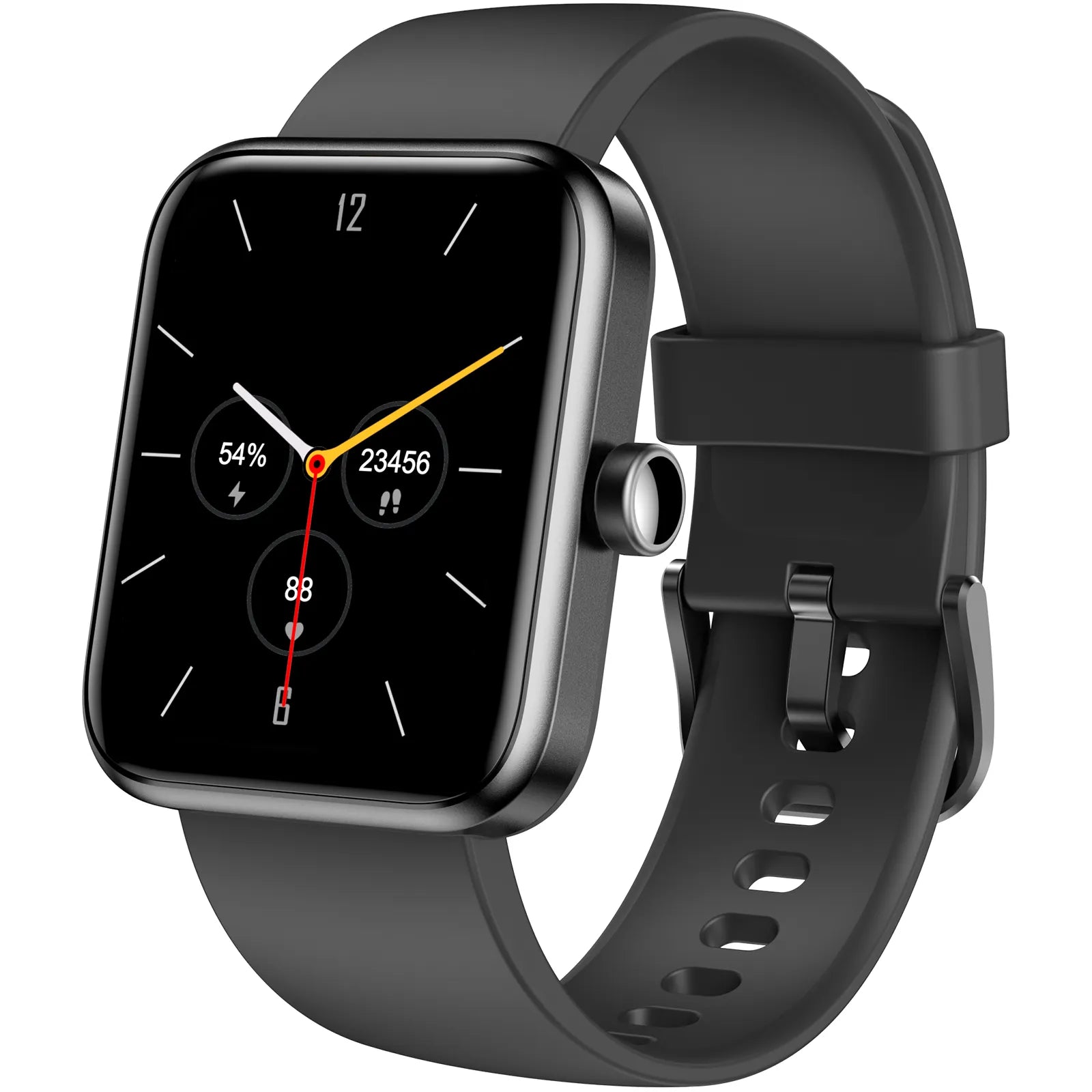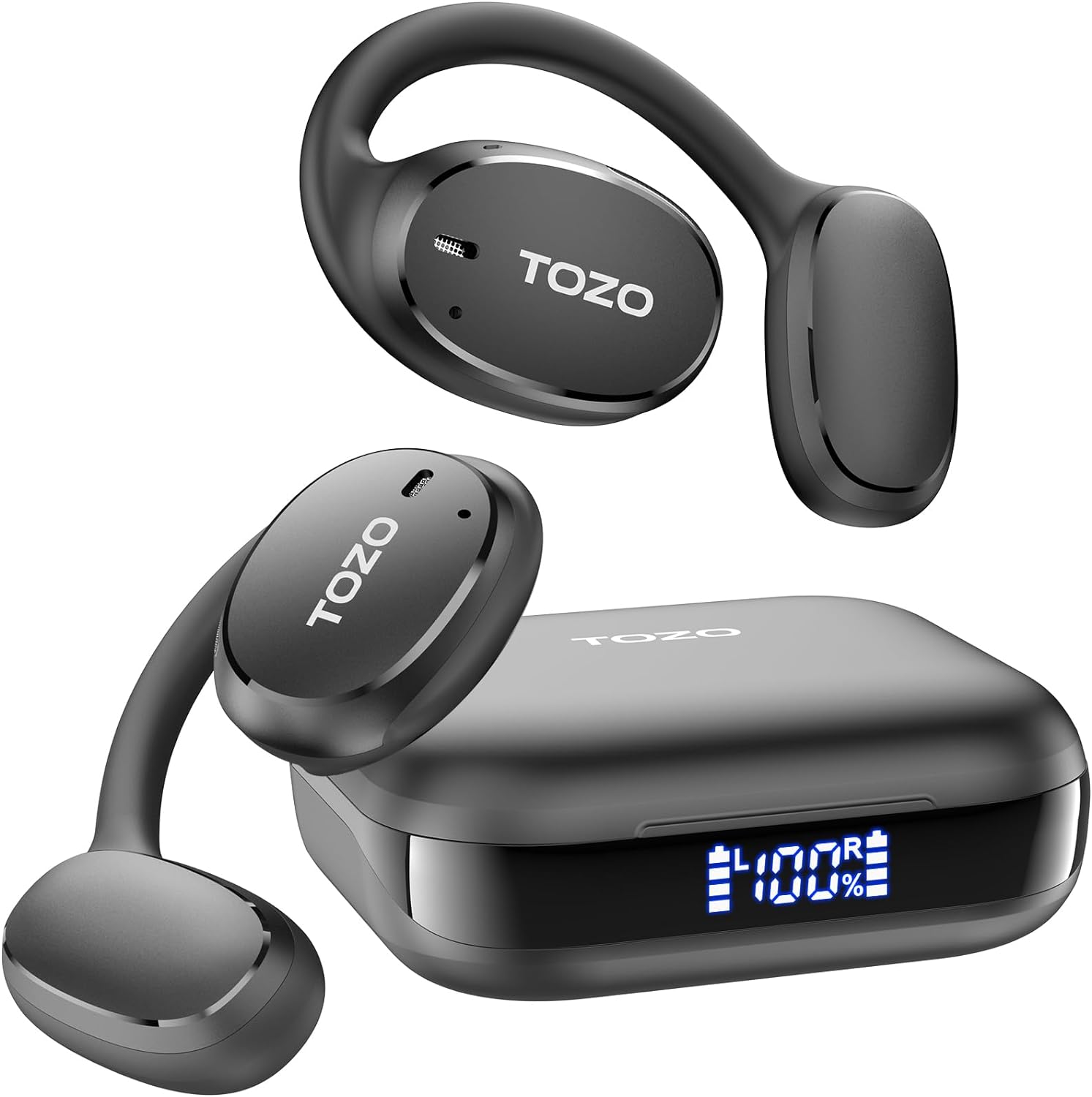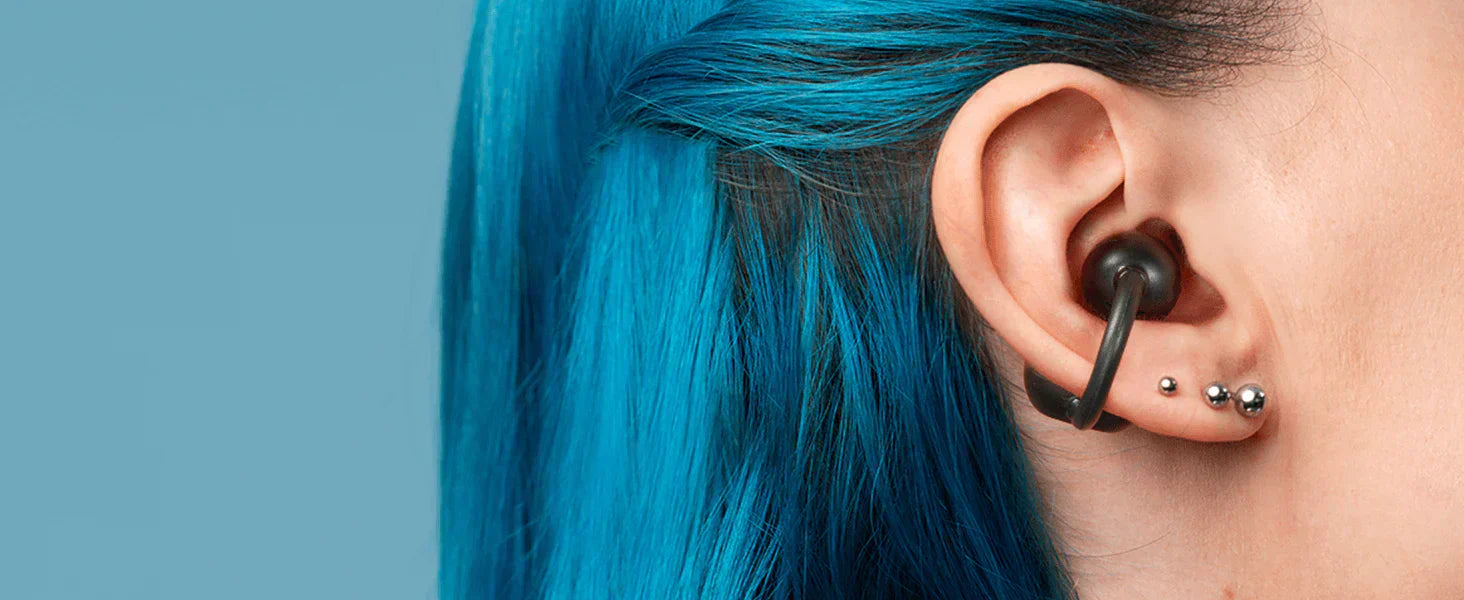Are you looking to buy the perfect pair of headphones for listening to audio while commuting, at home, or in a studio? When choosing headphones, consider whether you need open-back or closed-back designs. These two types offer very different listening experiences, making each suitable for a particular use case.
Understanding these differences is important to making a good choice. This article comprehensively compares open back vs closed back headphones to help you better understand them and decide which is best for you.
What Are Open Back Headphones?
Open back headphones have an airy, spacious design. Their ear cans usually don’t fasten on the headband, or they have small holes that allow air from the back of the speaker drive to pass through. Sound leaks out of the ear cups and feels like it comes from around you, giving a more natural, expansive sound. Due to this sound, many audiophiles and sound engineers prefer them for critical listening.
However, they do not guarantee isolation. Their open backs allow surrounding noise to enter the ear cups easily and mix with what you’re listening to. Also, those around you can hear what you’re listening to, which can sometimes be annoying. For these reasons, many people find them unsuitable for noisy or crowded environments.

What Are Closed Back Headphones?
As the name suggests, closed back headphones have sealed ear cups to trap sound inside and block external noise. They focus the sound directly into your ears, giving you a more isolated listening experience. Those around you can’t hear what you’re listening to, and you can’t hear their noise either.
Additionally, their closed backs enhance the bass response, offering a powerful, more impactful low end. However, when used for an extended period, the sealed environment can lead to pressure and reduced ventilation in the ears, making them feel a bit warm.

Differences Between Open Back and Closed Back Headphones
Soundstage
Open back headphones are excellent for creating a broad and immersive soundstage that allows you to enjoy a sense of space and sound directionality. This makes them ideal for genres like classical music or tasks like mixing and mastering, where spatial accuracy is required.
Conversely, closed back headphones offer a deeper and more direct sound with a narrower soundstage. This sound-focusing capability is excellent for genres such as hip-hop or electronic music, which benefit from enhanced bass and a concentrated audio experience.
Frequency Response
Due to their better airflow, which results in a more accurate representation of mid- and high-frequencies, open back headphones provide a more balanced and natural sound frequency response. Many people, therefore, find them suitable for critical listening and audio production.
Closed-back headphones often emphasize the bass frequencies, enhancing the impact of lower-end sounds. While this can be enjoyable for bass-heavy music, it may slightly impact the overall sound, making it less natural compared to open-back headphones.
Noise Isolation
One of the most significant differences between open back and closed back headphones is noise isolation. Closed back headphones offer the best isolation, as their design effectively blocks out external noise, ensuring you can enjoy your music without interruption.
On the other hand, open back headphones offer little to no noise isolation. Noise from the surroundings can easily penetrate the ear cups and interrupt your listening, making them less ideal for public or noisy spaces.
Comfort
When using headphones, comfort depends on personal preference and the specific model, but generally, most people consider open-back headphones more comfortable for long listening sessions. Their open design allows air to freely flow in and out of the earcap, reducing heat buildup and preventing your ears from feeling cramped.
On the contrary, closed-back headphones can cause ear fatigue when used for an extended session. The tight seal restricts airflow, causing pressure and heat buildup, which can cause your ears to feel warmer and cramped. However, many high-end closed-back model manufacturers try to incorporate comfort using soft ear pads and lightweight materials.
Leakage
Open back headphones are notorious for sound leakage. When used in shared spaces, others can hear what you’re listening to, denying you privacy and causing unnecessary disturbance.
Closed back headphones contain sound within the ear cups, ensuring those around you can't hear what you're listening to. They allow you to comfortably listen to music or watch videos in shared spaces without disturbing others.
Use Cases
Open back headphones are best suited for home use, studio work, and places where sound leakage is not a concern. Their natural listening experience makes them ideal for critical listening and professional audio work.
Because of their excellent noise isolation and bass response capabilities, closed back headphones are perfect for commuting, traveling, and general-purpose listening, especially in noisy environments.
Price
Although both open back and closed back headphones are available across a wide price range, from budget-friendly options to high-end models, they tend to be slightly more expensive, particularly in the high-end audiophile market, due to their specialized design and use in professional settings.
Durability
Closed back headphones are typically more durable due to their solid construction. Their sealed design prevents dust or moisture from reaching sensitive parts, allowing them to withstand rougher handling and last longer.
While they’re often made with high-quality materials, open back headphones may be less durable. Their open backs allow moisture and dust to get in and damage sensitive parts, making them better suited for indoor use, where they’re less likely to be exposed to potential damage.
Should You Choose Open Back Headphones or Closed Back Headphones?
Choosing between open back and closed back headphones ultimately depends on your listening environment, habits, and preferences.
If you frequently listen in noisy environments or need a pair of headphones for commuting, closed back headphones may be the better choice. They offer superior noise isolation and enhanced bass response, allowing you to enjoy your music or podcasts without outside interference.
You may want to try open back headphones if you’re often in a quiet space, such as at home or in a studio, and you value accurate audio with an expansive soundstage. They provide a more natural listening experience, making them perfect for critical listening and music production.
FAQs About Open Back and Closed Back Headphones
Can I use open-back headphones in public?
Yes, you can use open back headphones in public. However, due to their significant sound leakage, you need to consider your listening environment. If you don’t mind others hearing what you’re listening to and won’t disrupt them, you can comfortably use them.
Are closed-back headphones always better for noise cancellation?
No. Although closed-back headphones are excellent for passive noise isolation, not all models have active noise cancellation (ANC). ANC enables closed-back headphones to electronically cancel background and surrounding noise. So, it's good to check if a particular closed-back model has ANC.
Can I use open-back headphones for gaming?
You can use open-back headphones for gaming, especially in a quiet environment. Most gamers prefer open-back headphones for their more natural sound and comfort in long-term wear.






















